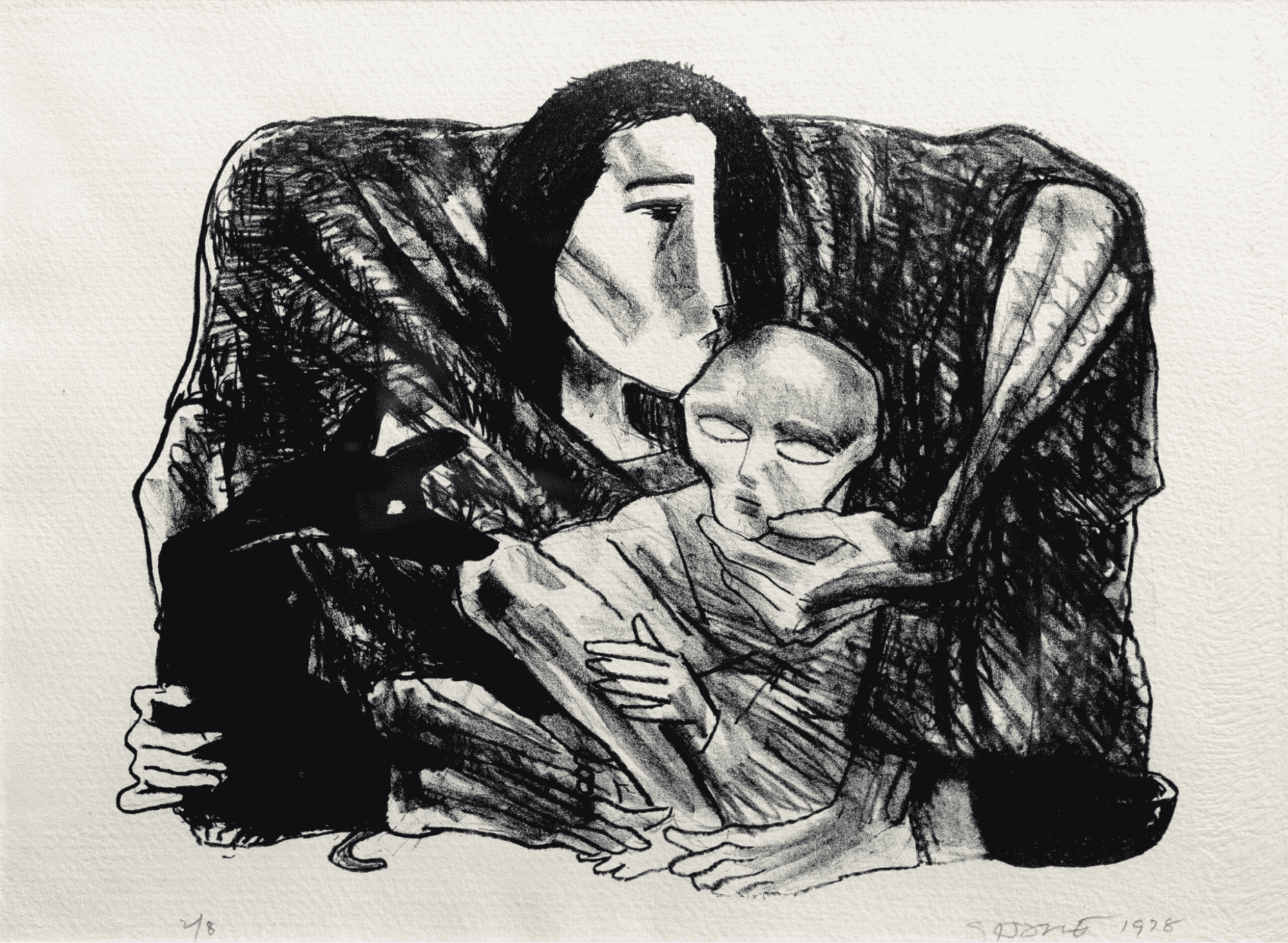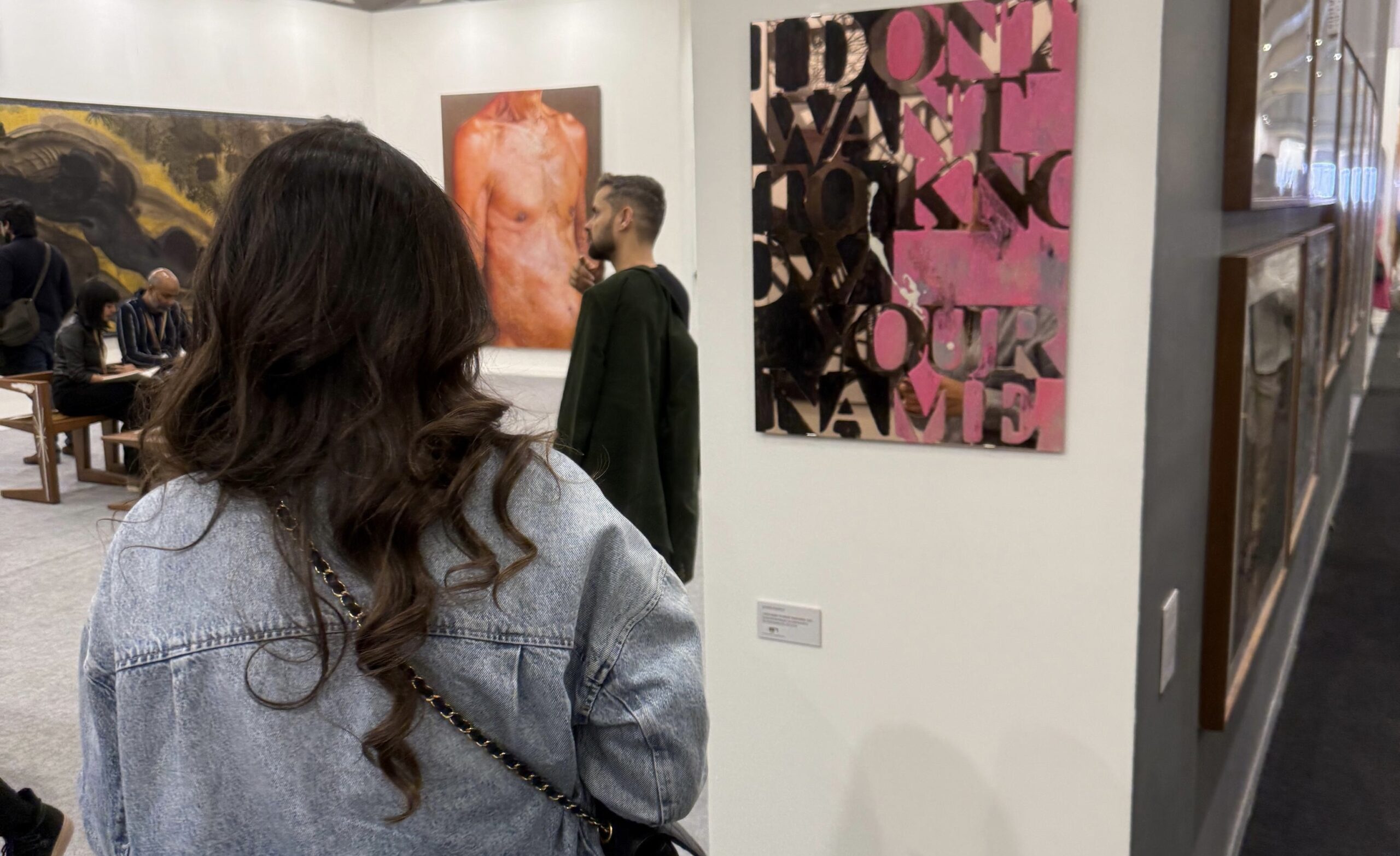
Building an art collection might seem like a herculean task, reserved for seasoned experts or deep-pocketed patrons. But in truth, every collection begins with a single work and the commitment to seek more. It is a deeply intimate and rewarding journey that blends passion with discovery, and along the way, connects you to artists, histories, and communities, with every contribution sustaining the larger creative economy.
The best way to begin is to look at as much art as you can. Social media, artist websites, and online viewing rooms are useful tools, but nothing compares to the experience of seeing art in person. Scale, texture, and presence often disappear on a screen, the real encounter is what sharpens your eye.
Pay attention to what catches your attention, excites you, or lingers in your memory. Is it a theme, a color palette, a particular medium? Explore a range of styles, periods, and media to see what resonates. This process takes time, but it is how you begin to define your focus as a collector. At first, let emotion guide you, and gradually balance it with intention, shaping a collection that reflects both what you love and what you want it to say.
Taste and connoisseurship aren’t inherited but built over time through curiosity, research and consistent engagement. Start with the basics: learn about movements, styles, and periods to give yourself context for what you’re looking at. Read catalogues, blogs, and exhibition essays as they often reveal the stories behind the work and the ideas that shape an artist’s practice.
As your interests grow clearer, dive deeper into the specific areas you’re drawn to, whether it’s a medium, a theme, or a historical period. And remember to resist the temptation to chase trends. Collections built on genuine curiosity and lasting passion always stand the test of time better than those built on passing fashions.
Every collection needs a budget, and setting one early helps keep the journey realistic and enjoyable. Research prices and explore the market to know what’s attainable within your range. When planning, factor in the hidden costs of ownership, as shipping, framing, storage, and conservation requirements can all add up. Beyond that, be mindful of the legal and financial side of collecting, from contracts and documentation to insurance, taxes, and even estate planning as your collection grows.
Approach your budget with clarity and remember, collecting art is about vision, not size. It does not necessarily require an enormous capital. There are multiple accessible entry points through works on paper, prints, and pieces by emerging artists, allowing you to build a meaningful collection at your own pace.
The art market can feel complex at first, but understanding its structure makes it far more approachable. There are multiple avenues to explore: the primary market (galleries and artists’ studios), the secondary market (dealers and auctions), and the growing number of online platforms. Each offers its own advantages, but no matter where you buy, relationships and trust are key. They often matter as much as the work itself, and building long-term connections with galleries, dealers, and artists can open doors to new opportunities.
Be cautious of red flags, including vague histories, missing paperwork, or deals that feel rushed. A work’s authenticity and provenance should always be at the top of your checklist. Do your due diligence, ask questions, request documentation, and never feel pressured to buy. Negotiation is part of the process, it should always be transparent and respectful.
Collecting doesn’t end with a single purchase, it’s an ongoing journey. Get to know artists, curators, and fellow collectors; visit openings, art fairs, and biennales to stay connected with the pulse of the art world. Your taste will evolve over time, and so will your collection. What resonates deeply today might not hold the same meaning years later. Allow space for change, reflection, and even regret. Selling a piece that no longer aligns with your vision is part of the journey.
Think of your collection not as a storehouse, but as a living archive, something that grows and evolves with you. It is more than the sum of its works: it is a reflection of your passions and the cultural conversations you’ve chosen to be a part of.
November 4, 2025
“Art washes from the soul the dust of everyday life.” – Pablo Picasso The wonder of experiencing and engaging with art can feel elusive, even exclusionary. Many imagine it as belonging only to the realm of the select few “in the know,” fluent in the language of art. For […]

Navigating the art world can be daunting. Prices aren’t always transparent, authenticity can be difficult to confirm, and opportunities often circulate in exclusive circles. For both seasoned collectors and first-time buyers, one question often arises: how do I make the right choices with confidence? This is where an art advisory […]

Buying art is an experience that blends passion, curiosity, and investment. For some collectors, it’s about building a meaningful connection with a work that inspires and resonates. For others, it’s about adding a valuable asset to their portfolio that they may appreciate over time. Whatever your motivation, one fact remains […]